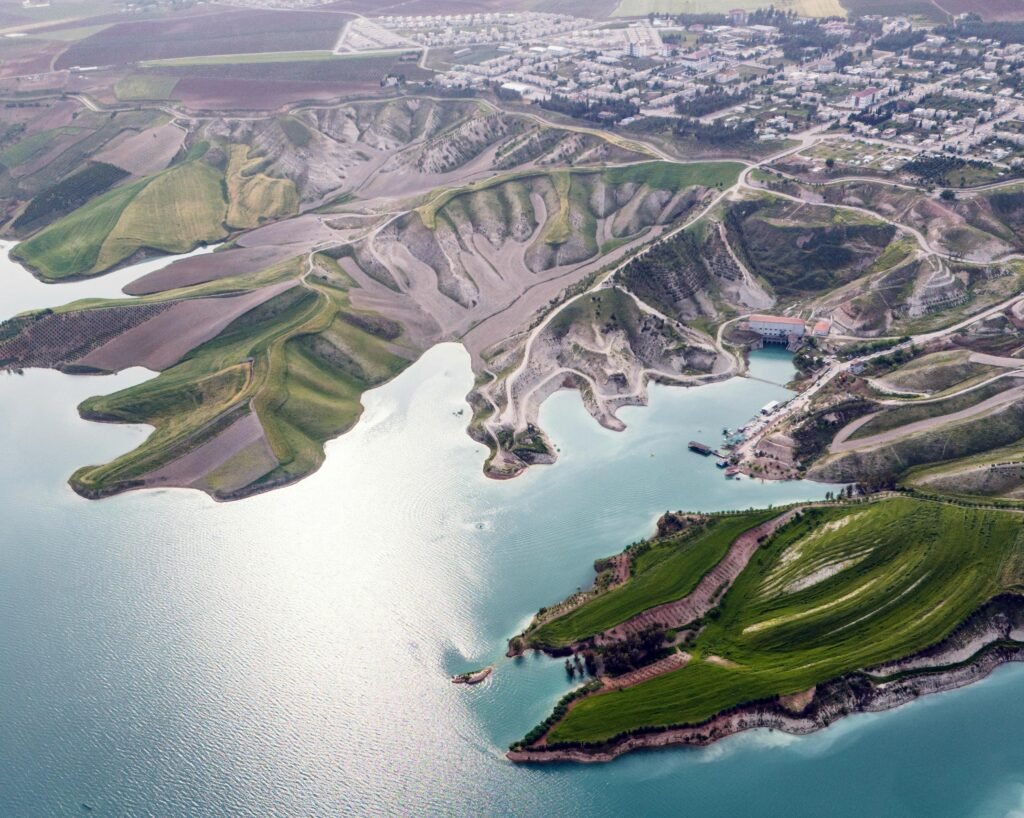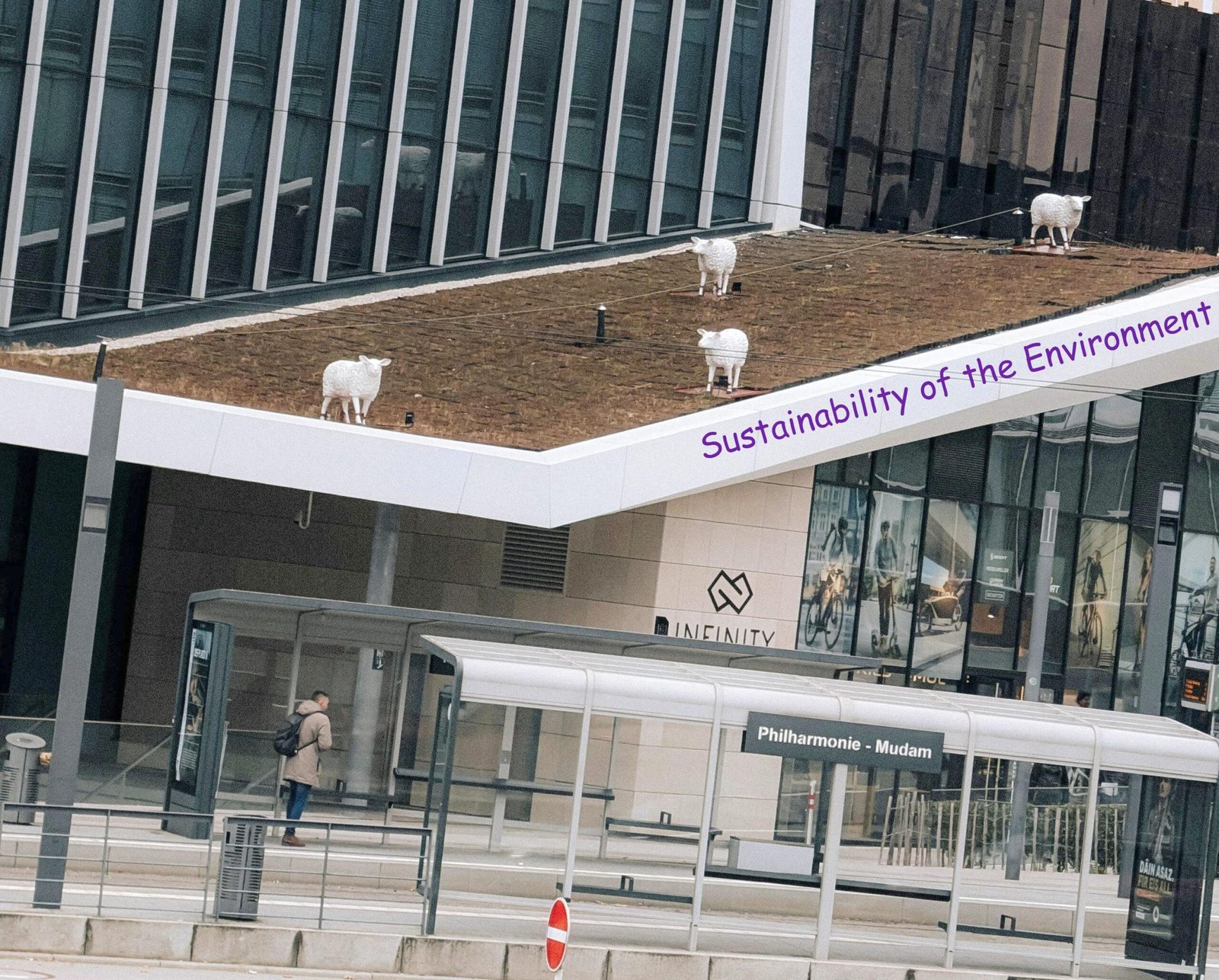Key Environmental Laws Explained: Strong and Impressive Legal Frameworks
December 5, 2024 | by gohar.ayub714@gmail.com

Introduction
The environment is protected by environmental laws or regulations. Environmental laws and regulations safeguard natural resources, wildlife, and biodiversity. Rules and regulations control pollution. Environmental protection and development balance are their main concerns.

Important components of environmental law:
- Limiting the discharge of pollutants into the land, water, and air helps to regulate them.
Conservation of resources guarantees sustainable use of minerals, water, and forests, among other natural resources. - Safeguarding biodiversity and threatened species
Additionally, environmental impact assessment (EIA) approved the project ahead of time, regardless of the outcome of the environmental impact. - Furthermore, waste management involves the correct handling and disposal of both non-hazardous and dangerous trash.
- Reducing greenhouse gas emissions and pushing renewable energy will help slow climate change.
Purpose of Environmental Laws
- Reducing pollution helps to preserve human health.
- Ecosystems’ conservation helps preserve biodiversity and ecological equilibrium.
- Encourage sustainable development; future generations must strike a balance so they may make use of today’s resources.
- Among environmental laws are several
1. Designed to control air pollution emissions, the Clean Air Act (USA)
2. Pakistan’s Environmental Protection Act offers the legislative basis for environmental preservation in that country.
3. The Paris Agreement is a global agreement to combat climate change and limit global warming.
4. Besides Government departments and international bodies create these rules. Adhering to the criteria ensures the handling and resolution of breaches.
- Among environmental laws are several

Key Environmental Laws and Legal Frameworks
Environmental laws alter annually. New legislation addressing pollution, climate change, and biodiversity loss is also due in 2024. Here is a summary of some of the most significant environmental regulations and revisions that will impact global sustainability initiatives in 2024.
Clean Air Regulations
Today, the Environmental Protection Agency (EPA) will approve new improvements and new measures under Clean Air Regulations in 2024. Besides, power plants will reduce their carbon dioxide emissions. This scheme includes some key new actions. These are:
Hydrogen Cofiring:
This process involves combining hydrogen with fossil fuels to make the combustion process cleaner. The carbon trap gathers and stores carbon dioxide (CO2) before it is expelled from the plant.
Closure of coal-fired power plants:
Old coal-based power stations are closing under this method in order to reduce pollution. These actions play a crucial role in promoting renewable energy and slowing down climate change. Large-scale problems with carbon capture devices, however, make these rules illegal. Norms of Water Quality 2024 will introduce new rules about PFAS (“forever chemicals”). Moreover, these rules limit the water you can drink. It keeps people healthy and lowers pollution in the surroundings.

Impact of Environmental Laws
Better drinking water makes for healthier communities.
Not only… but also there is increasing pressure on businesses to adhere to safer policies.
1. Enhanced Water Quality Guidelines
New rules aimed at reducing pollution and protecting human health will target harmful compounds like PFAS, sometimes referred to as “forever chemicals,” because of their environmental persistence. Likewise, these revised guidelines will impose strict limitations on drinking water, therefore lowering contamination risk and shielding populations from long-term health hazards.

2. Extended Producer Responsibility (EPR) UK-style
The Extended Producer Responsibility scheme the UK is implementing for packaging Under this program, producers answer for the expense of waste management as well as the environmental effects of their goods. Under this regulation, firms will also have more strict reporting obligations.
3. Why Does It Matter?
- promotes environmentally friendly packaging designs.
- Waste management expenses now pass from taxpayers to manufacturers.
- Act on Digital Environment in Netherlands

The Digital Environment Act the Netherlands plans to introduce combines several environmental licenses into one digital platform. For companies and people alike, this guarantees compliance and lowers bureaucracy, thereby streamlining procedures.
Important advantages include:
Quicker, more effective permit applications.
Simplified rules for citizens and businesses.
4. Protection of Habitats and Net Gain in Biodiversity
Several nations are adopting biodiversity net gain rules, which mandate developers to improve natural surroundings for their projects. Besides, this change gives urban design first priority for habitat restoration and protection.
Why It’s Important?

It encourages the creation of green spaces in cities and the maintenance of ecological balance.
Promotes environmentally friendly living.
5. USA Clean Water Act Amendments
To speed up permits for releases into wetlands and other water bodies, the EPA is changing the Clean Water Act. These revisions will simplify industry compliance and explain federal supervision.
What could one expect?
quicker company approval procedures.
The regulations governing the conservation of water resources ought to be more explicit.
6. A harmful chemical ban
Linked to cancer and neurological problems, the EPA is attempting to forbid industrial chemicals, including trichloroethylene (TCE) and perchloroethylene (PCE). Besides, these prohibitions seek to lower public harmful chemical exposure.
Affective Health:
1. Reduced cancer risk and neurotoxicity.
2. There are safer workplaces in sectors applying these substances.
3. Thoughts on Final Notes
4. These new environmental rules capture a worldwide drive toward public health preservation and sustainability. Companies will have to change; people can expect safer products, better water, and cleaner towns.
5. As we head toward a more sustainable future, staying current on these developments is absolutely vital.

For More blogs, visit
Strong Introduction to Sustainability of the Environment—Strength Environment
Which Countries Have The Strictest Environmental Laws? | The Lawyer Portal
RELATED POSTS
View all



